Therefore, the canal supplying water to Ca Giay Lake is said to be the "revival flow" of the sunny and windy land, not only because of the scenery before our eyes, but also because of the great role that the name of the project says it all.
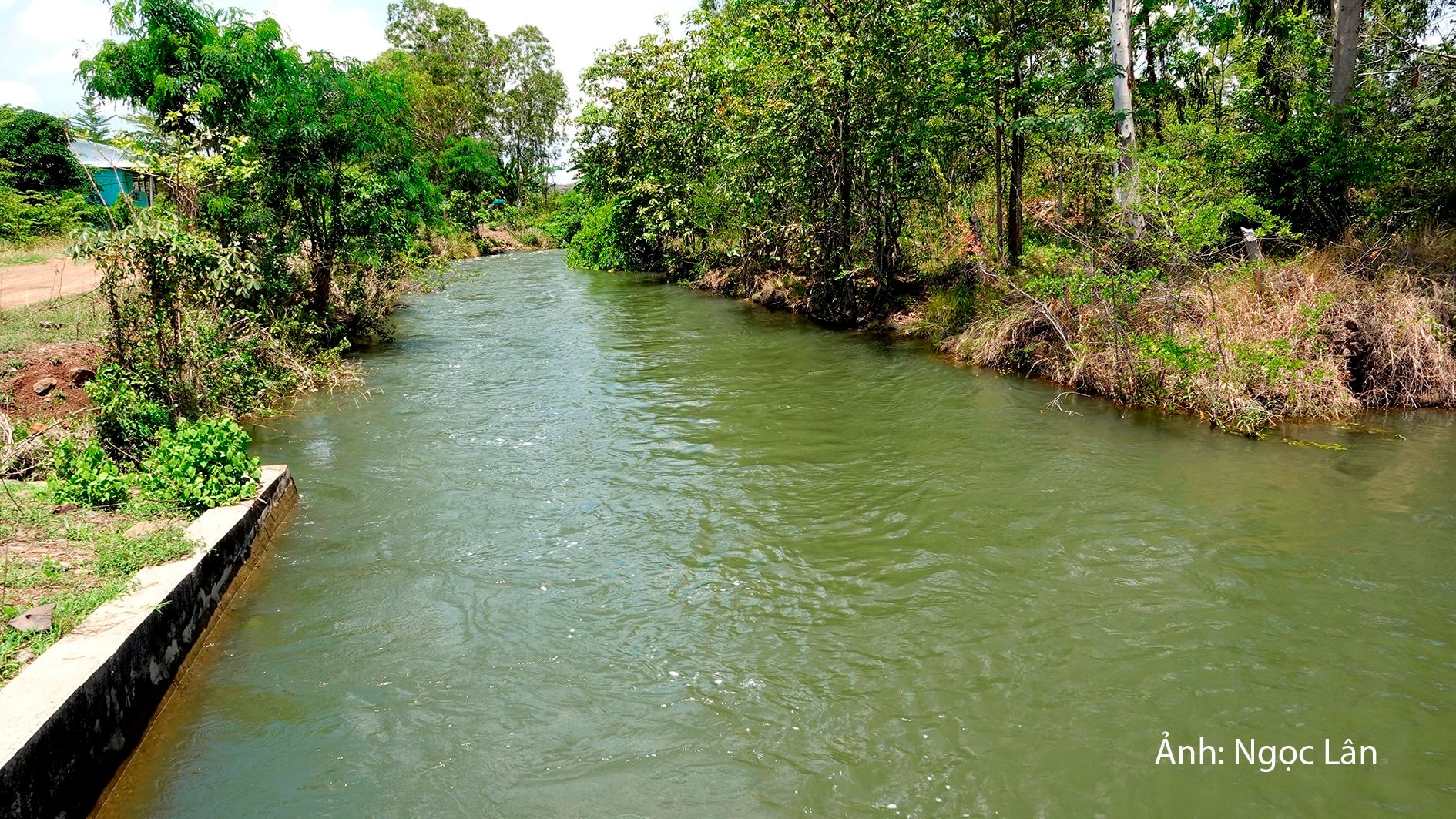
Since December 2008, when Dai Ninh Hydropower Plant was put into operation, wastewater from the plant flowed into the sea through Luy River, everyone saw the waste of precious resources. Provincial leaders and the provincial irrigation sector foresaw this, so they decided to build a canal system to receive water from Ca Giay Lake, taking the discharge from Dai Ninh Hydropower Plant and transferring it to Ca Giay Lake. After a period of construction through many complex terrains, the trapezoidal canal of more than 9 km was officially completed, bringing water to Ca Giay irrigation lake. Although this lake has a design capacity of more than 37 million m³, but with the rapid evaporation rate due to the hot sun, plus the rice growing area according to people's wishes increasing every year, Ca Giay Lake sometimes does not have enough water for production. However, since the irrigation canal came into operation, the water source has not only ensured stable irrigation for 3,965 hectares of Ca Giay area but also expanded 3,000 hectares of Uy Thay - Da Gia - Ba Nao irrigation area in Binh An, Hai Ninh, Phan Thanh, Phan Dien, Phan Hoa communes, Cho Lau town and Phan Hiep.

With a total investment of more than 14.4 billion VND from the state budget, an area of nearly 31 hectares, the project includes: a dam, a water intake, a main canal, two box culverts crossing Luong Son - Dai Ninh, Binh An - Phan Son roads and a spillway. Although only more than 9 km long, with a special role in transferring water from the place considered the source of water to Ca Giay Lake to irrigate the fields below, the above water transfer canal is identified as a key irrigation project. Not only that, it is also a mark of a determination to revive the arid land.
Thanks to the stable water source, not only has the production area been expanded but the number of crops has also increased from 2 corn crops to 3 crops per year, bringing stable income to thousands of farmers. Moreover, in some areas, water has accumulated more, people can change the crop structure to increase income, notably growing lotus among rice. Therefore, nowhere has such a strange landscape as Bac Binh, when the middle of the immense rice fields is dotted with cool green lotus ponds... Opening up a direction for thinking about agricultural economic development.
Source: https://baobinhthuan.com.vn/suc-manh-tu-kenh-tiep-nuoc-ho-ca-giay-130517.html




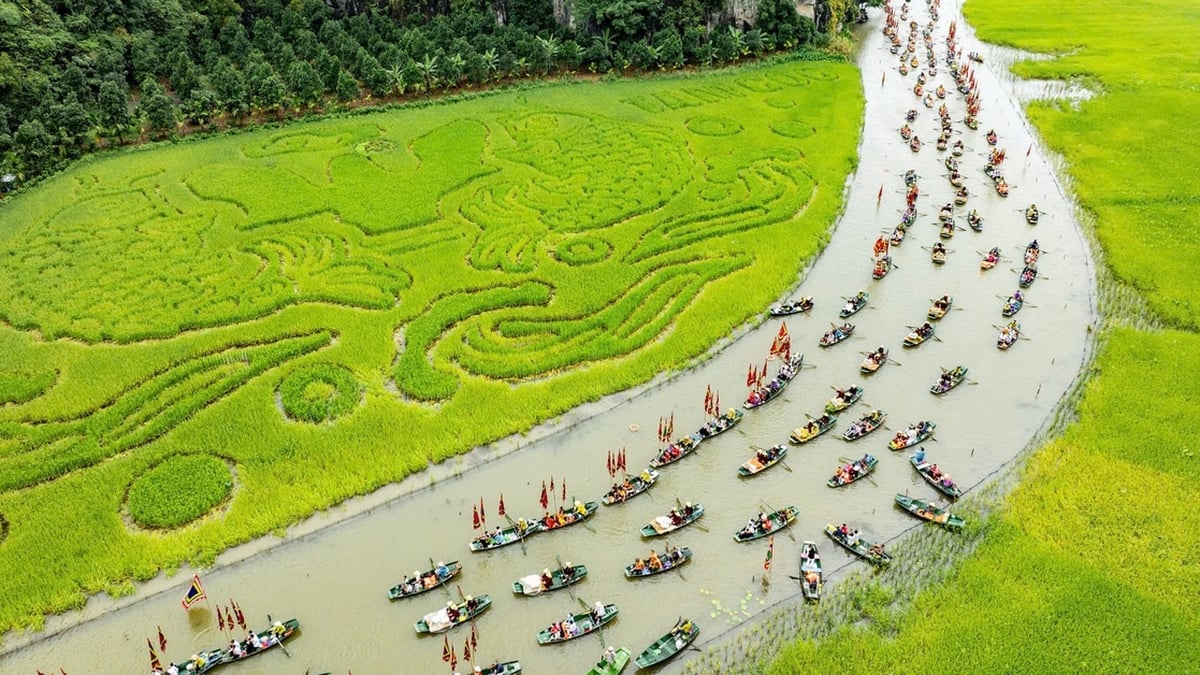
![[Photo] Vice President Vo Thi Anh Xuan, French President Emmanuel Macron and his wife visit Hanoi University of Science and Technology](https://vphoto.vietnam.vn/thumb/1200x675/vietnam/resource/IMAGE/2025/5/27/267b6f2bdf3e46439f081b49f6ec26b1)

![[Photo] Hungarian President begins official visit to Vietnam](https://vphoto.vietnam.vn/thumb/1200x675/vietnam/resource/IMAGE/2025/5/27/ab75a654c6934572a4f1a566ac63ce82)
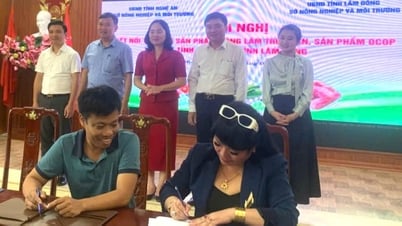





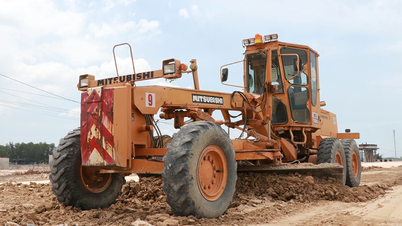






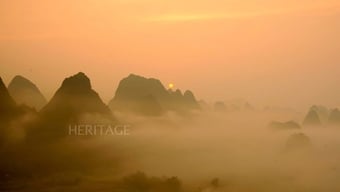
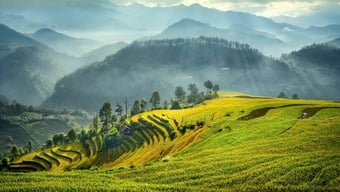
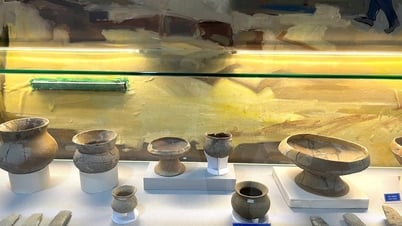









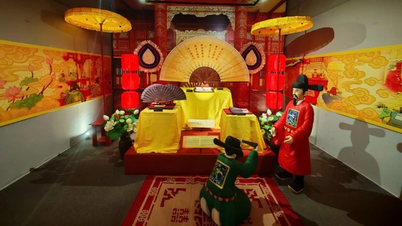

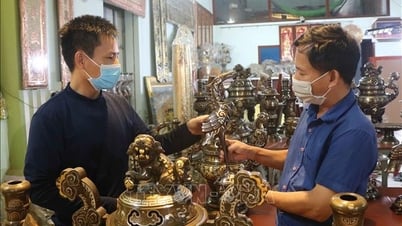
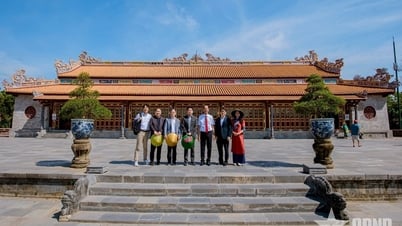





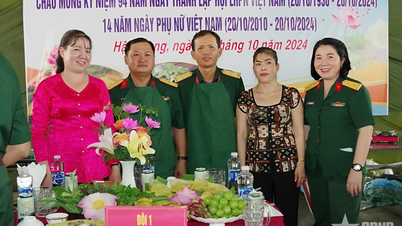
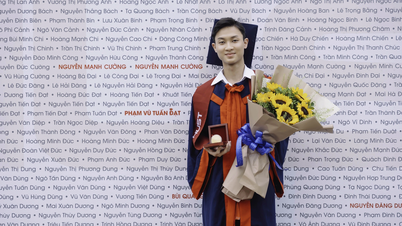






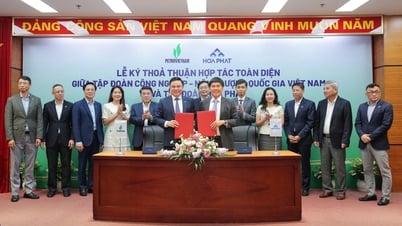

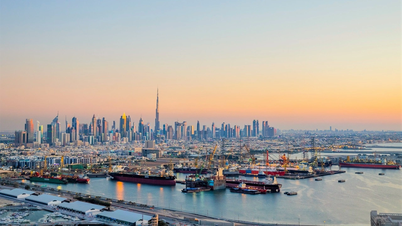

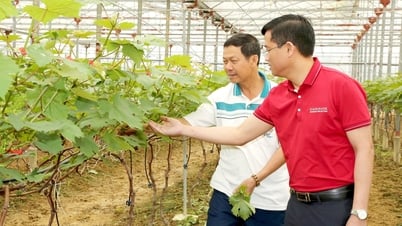


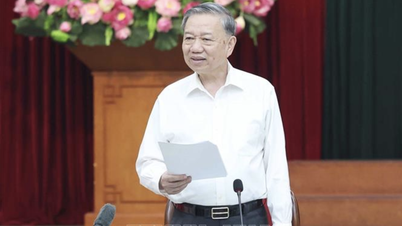




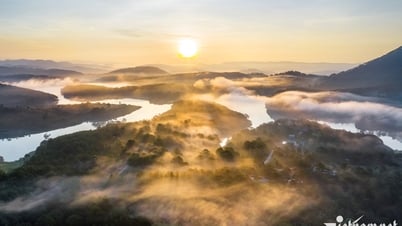





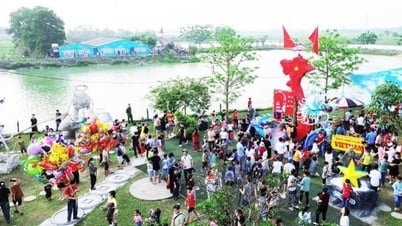


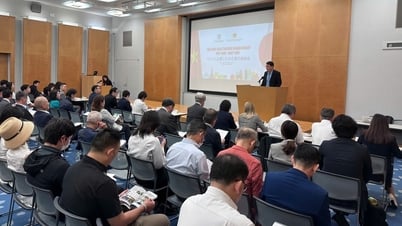
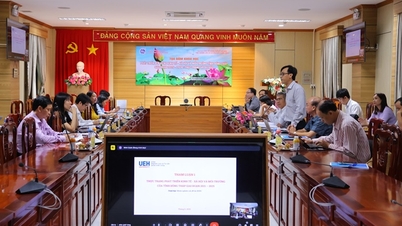
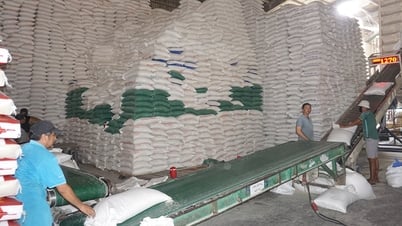
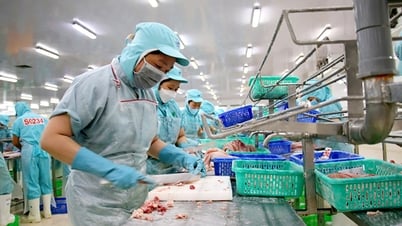


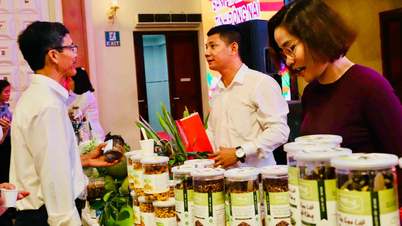
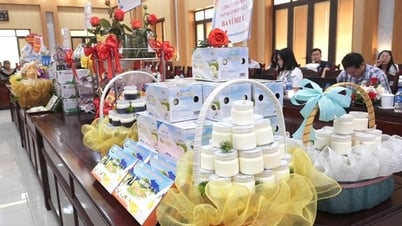



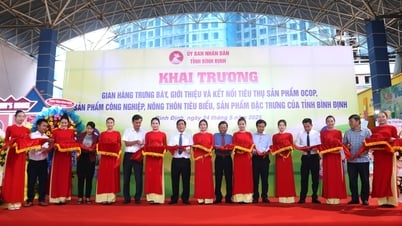

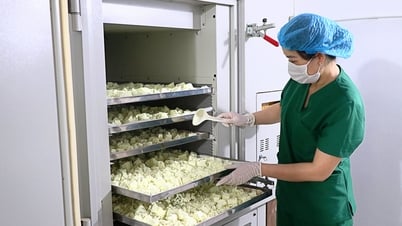

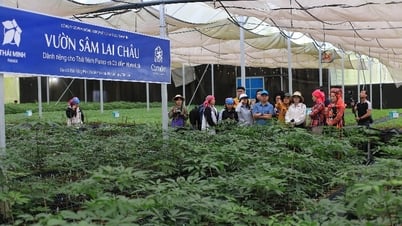

Comment (0)